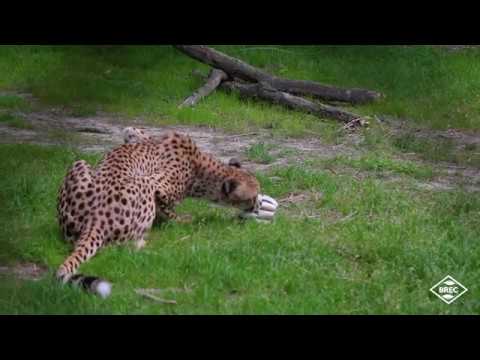– Understanding the role of REFRESH: Animal Encounters at the Baton Rouge Zoo in wildlife conservation, focusing on cheetahs.
– Exploring the biology and natural behavior of cheetahs.
– The significance of educational programs in fostering a sense of environmental stewardship.
– Challenges in zoo management and the importance of ethical practices in the care of cheetahs.
REFRESH: Animal Encounters at the Baton Rouge Zoo is pivotal in advancing wildlife conservation efforts. By offering an up-close experience with one of the planet’s most fascinating predators, the cheetah, this program plays a critical role in engaging the public in discussions about conservation and the natural world. Through the lens of this initiative, we can delve into how such encounters contribute to a broader understanding and commitment to wildlife protection.
Cheetahs, with their lithe bodies and unparalleled speed, captivate the imagination of people worldwide. Known scientifically as Acinonyx jubatus, cheetahs are distinguished by their slender bodies and distinctive black spots on golden fur. Adapted for speed, they can reach up to 75 mph in short bursts, covering distances up to 1,500 feet. Their unique physiology, including large nasal passages, enlarged heart and lungs, and highly flexible spine, are optimized for rapid acceleration. Understanding the biology of these magnificent animals is crucial for appreciating the importance of their preservation. Their natural habitats, spanning small pockets of land in sub-Saharan Africa and parts of Iran, are threatened by human encroachment and habitat destruction, making conservation efforts more urgent than ever.
Educational programs like REFRESH: Animal Encounters play a crucial role in conservation. By providing visitors with direct wildlife experiences, these programs foster a deeper connection and empathy towards animals, motivating individuals to participate in conservation efforts. Education acts as a bridge, connecting people with nature and inspiring them to act as stewards of the environment. Through these encounters, the Baton Rouge Zoo educates the public about the cheetahs’ plight and underscores the interconnectedness of ecosystems and the importance of preserving biodiversity.
Managing a zoo, especially when it involves the care of exotic and potentially vulnerable species like cheetahs, presents numerous challenges. These range from providing adequate space and habitats that mimic their natural environment to ensuring their physical and psychological well-being. Ethical zoo management practices are paramount, encompassing aspects such as diet, exercise, and enrichment activities to stimulate their natural behaviors. In the case of REFRESH: Animal Encounters, the program must balance the educational and conservation objectives with the welfare of the cheetahs, ensuring that the encounters do not stress or harm the animals. This delicate balance is achieved through careful planning, expertise in animal behavior, and a commitment to the highest standards of animal care.
In summary, REFRESH: Animal Encounters at the Baton Rouge Zoo exemplifies how zoos can contribute positively to wildlife conservation and education. By offering a window into the lives of cheetahs, these encounters highlight the beauty and complexity of these creatures, underscoring the urgency of conservation efforts. Moreover, the initiative underscores the critical role of education in cultivating an ethic of environmental stewardship among the public. As the challenges of zoo management evolve, maintaining ethical care and habitat simulation for animals like cheetahs remains a priority. Through programs like REFRESH: Animal Encounters, zoos play a vital role in the conservation landscape, bridging the gap between humans and the natural world.
*****
Source Description
Did you know Cheetahs use their claws—which are only semi-retractable—to run better (i.e., get better traction)? This is just one of the cool facts we learned from Curator Paige about two lady residents of the Baton Rouge Zoo.


